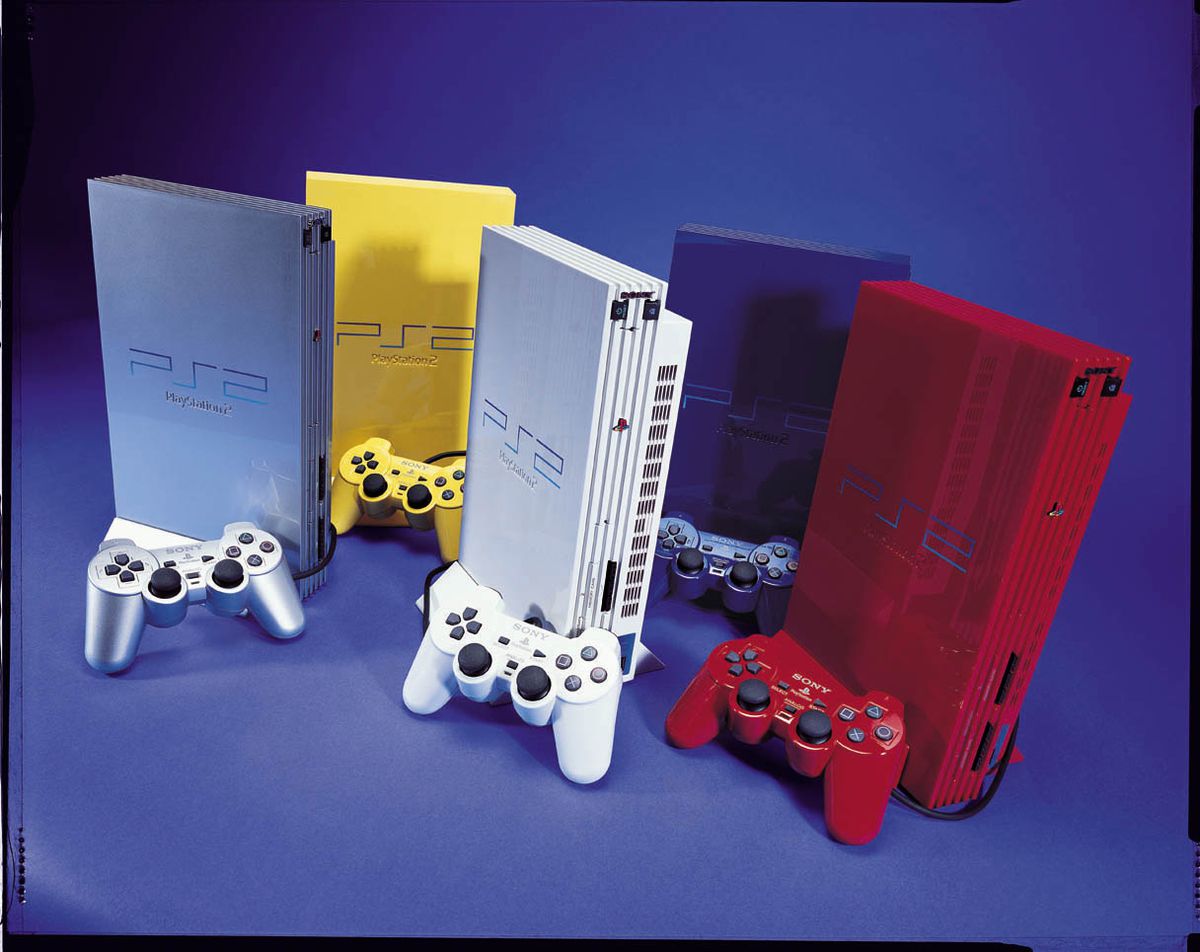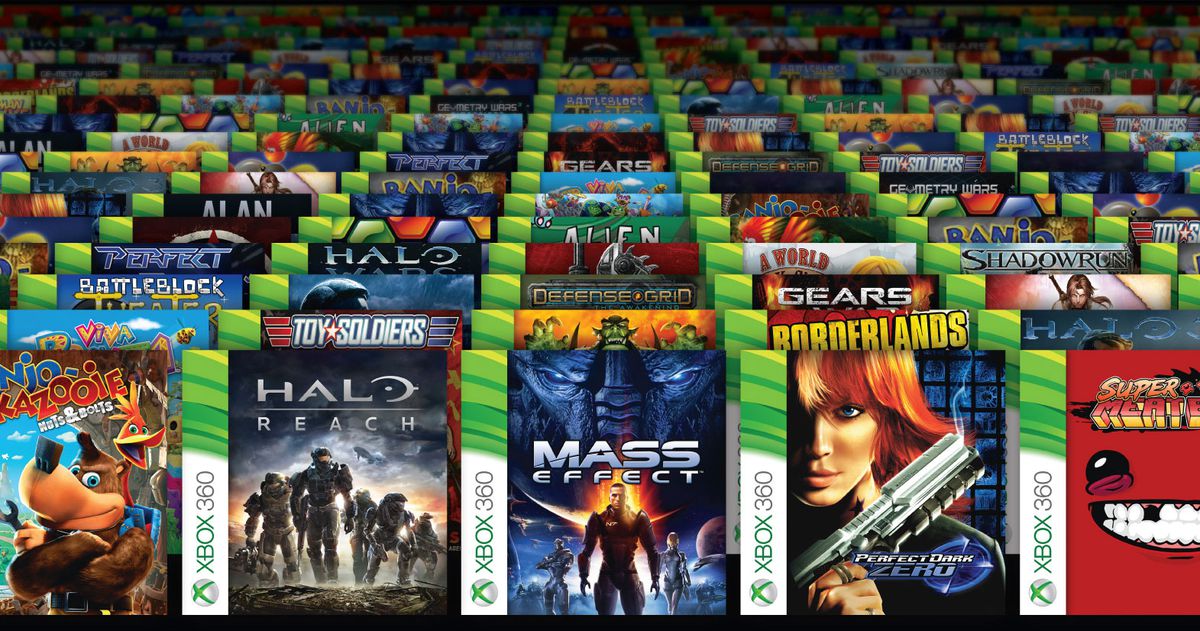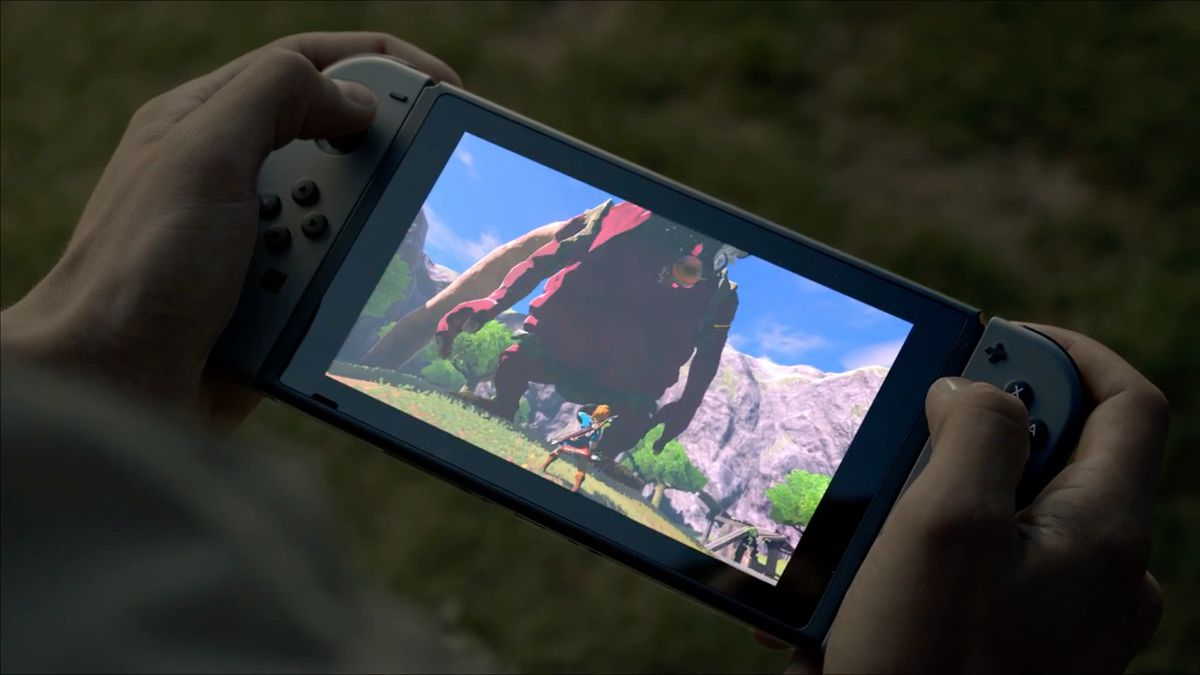Nintendo has not yet announced whether its next console — which we’re calling “Switch 2” for now — will be backward compatible. Its silence on the issue doesn’t signify anything, necessarily, since it hasn’t made any public comment about the console. But it has to be backward compatible, right? There’s no way Nintendo’s engineers can release a console in 2024 without backward compatibility… can they?
In all likelihood, yes, the Switch 2 will be backward compatible, meaning it can play games from previous console generations. But anyone with an awareness of console gaming history knows this is not a given. There are several reasons why Nintendo’s record on backward compatibility is spotty, as is every console manufacturer’s. And while the feature has always been near the top of players’ wishlists, it has only very recently become an expectation — something that it would be inconceivable to live without.
Although there are some examples of backward compatibility going back to the 1980s, in the early years of the console industry, the feature was very rare. The constant changing of physical features made sure of that. It seemed reasonable that your console wouldn’t play the same games because the cartridges didn’t fit in the slot, and indeed, the software delivery format is one of the two principal technical hurdles to backward compatibility.
The other is how you run the games on the hardware at all, and there are three ways to do it. One is software emulation, where a more powerful processor runs a program that allows it to pretend to be an older chip running a years-old game. This was beyond the capabilities of most console chipsets until the 2000s. The second is to simply include another chipset to run the old games on. While older components are often a lot cheaper by the time their successors come around, they still add a fair amount to the cost of building a console. The third is to base the new chipset on the architecture of the old one so it can run the games natively, which has only really become feasible with the latest generation of consoles.

It was Sony that began to change attitudes toward backward compatibility with the PlayStation 2 in 2000. Cunningly, its engineers reused the first PlayStation’s CPU as a menial input/output processor, meaning the newer console was able to run PS1 games. The massive popularity of the PS2 made this genie tough to put back in the bottle, but the video game industry sure did try — Sony in particular.
The earliest PlayStation 3s could play PS2 games, but the cost of including PS2 chipsets proved prohibitive and Sony quickly removed them from subsequent models. However, PS3 architecture was so elaborate and unique that it remains next to impossible to emulate to this day, and prohibitively expensive to include as hardware — it’s the lost generation. Indifference to the feature seemed to come from the top. As late as 2017, PlayStation boss Jim Ryan dismissed backward compatibility as “one of those features that is much requested, but not actually used much,” and when asked about PS2 classics, said, “Why would anybody play this?”
Nintendo’s record on backward compatibility through this period was better — as long as it suited the company’s needs. GameCube games were playable on early models of Wii, Wii games on Wii U, and most of Nintendo’s handhelds could play previous-generation cartridges. But by the time Switch arrived in 2017, Nintendo found itself at a technological dead end. Its insistence on quirky hardware features like dual screens and motion control made backward compatibility at best a massive headache, and at worst an impossibility. Combined with Nintendo’s mission to unite the home console and handheld, the company felt it was necessary to make a clean break from the Wii U and 3DS generation. Even classic game emulation via the Virtual Console was dropped (although it would eventually return as a perk of Nintendo Switch Online membership).

However, the prevailing winds in the industry were going in the opposite direction. Home consoles were now powerful enough to run emulators, while the standardization of delivery formats — first discs, then digital downloads — had removed another obstacle. Gaming culture was maturing alongside the technology, too, with less importance attached to novelty and technological progress, and an increased focus on the preservation and availability of older titles. Under Phil Spencer (who, it’s safe to say, is a bigger fan of old games than Jim Ryan), Xbox began the arduous task of making the original Xbox and Xbox 360 catalogs available on Xbox One via emulation, game by game. It also promised full backward compatibility for its next generation — putting pressure on Sony to do the same for PlayStation 5.
All of this for a feature that’s “much requested, but not actually used much”? The Xbox backward compatibility push was good PR, but it was a smart investment in other ways. Spencer had noticed that players’ perception of game platforms had changed, largely thanks to Valve’s Steam. With Steam, the platform was the user account and the library tied to it. The hardware changed around it, but the library of games stayed the same, and this is where players’ investment — both financial and emotional — really lay.
Nintendo’s decision to start from scratch with the Switch proved wise. Its vision of a hybrid handheld system has been enormously popular and is more compatible with the gaming mainstream than its previous decade of weird hardware experiments. But assuming that its next console follows the same format — and reports indicate that it will — then extensive, if not flawless, backward compatibility is not just a luxury; it’s a baseline requirement.

People no longer want to stop playing older games, nor are they willing to wave goodbye to years’ worth of digital purchases that they don’t own like they do boxes on a shelf and that can’t be resold. The Switch has emerging rivals, too, in the form of the Steam Deck and a new generation of handheld PCs that provide access to a vast library of games stretching back decades. Thanks to the PS5 and Xbox Series X, players are even starting to expect performance gains when playing older games on more powerful hardware.
Getting backward compatibility right on the Switch 2 is more than just a technical challenge for Nintendo. It will also require the Kyoto company to set aside some of its deepest instincts. This is a company that has long profited from remaking, repackaging, and rereleasing its back catalog in shiny new versions. Perhaps the best example is Mario Kart 8 Deluxe, a port of a Wii U title that is now one of the best-selling games of all time. This is a company that has also always put a premium on hardware innovation and gimmicks, and it’ll have to rein that temptation in and deliver a pretty conservative design to ensure compatibility with the Switch library.
Fortunately, there are strong signs that Nintendo’s leadership team knows this, from the reports of the Switch 2’s familiar design to a comment from company president Shuntaro Furukawa stressing the importance of Nintendo Accounts in providing “a smooth transition” to the next generation. But for all that backward compatibility is now taken for granted as a feature, implementing it is a non-trivial challenge and execution is everything. Sitting on 140 million console sales, massive market share, and total dominance of a niche it created, Nintendo is in an enviable position as it prepares to launch its next console. But that could all be threatened if it doesn’t get backward compatibility right.
- SEO Powered Content & PR Distribution. Get Amplified Today.
- PlatoData.Network Vertical Generative Ai. Empower Yourself. Access Here.
- PlatoAiStream. Web3 Intelligence. Knowledge Amplified. Access Here.
- PlatoESG. Carbon, CleanTech, Energy, Environment, Solar, Waste Management. Access Here.
- PlatoHealth. Biotech and Clinical Trials Intelligence. Access Here.
- Source: https://www.polygon.com/nintendo/24094551/switch-2-nintendo-backward-compatibility



